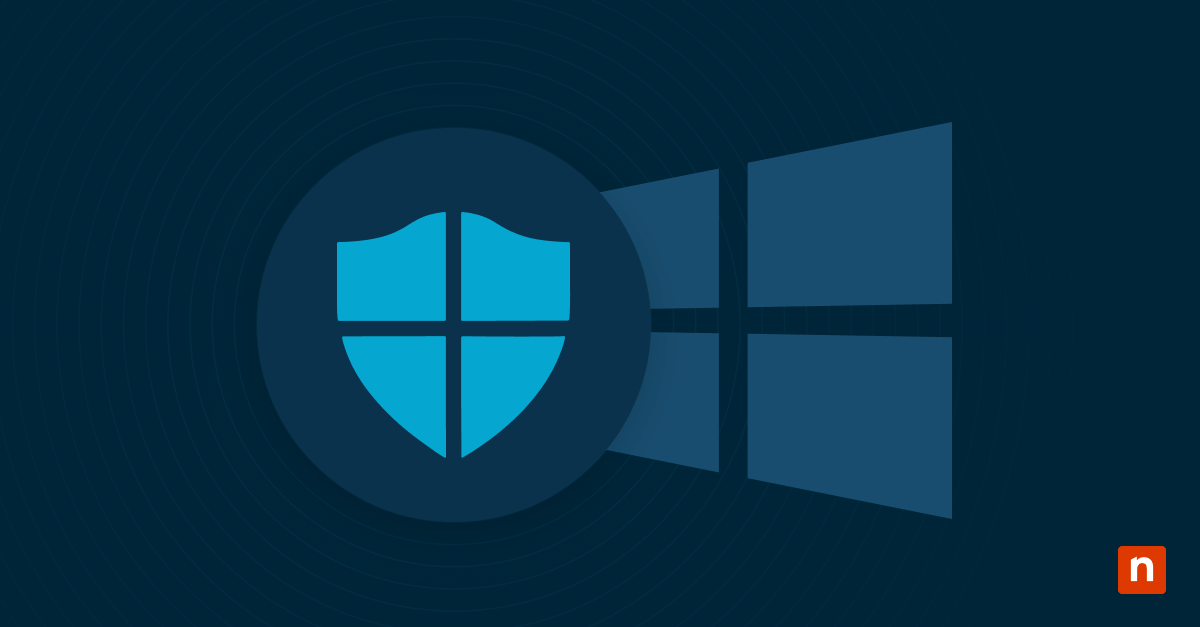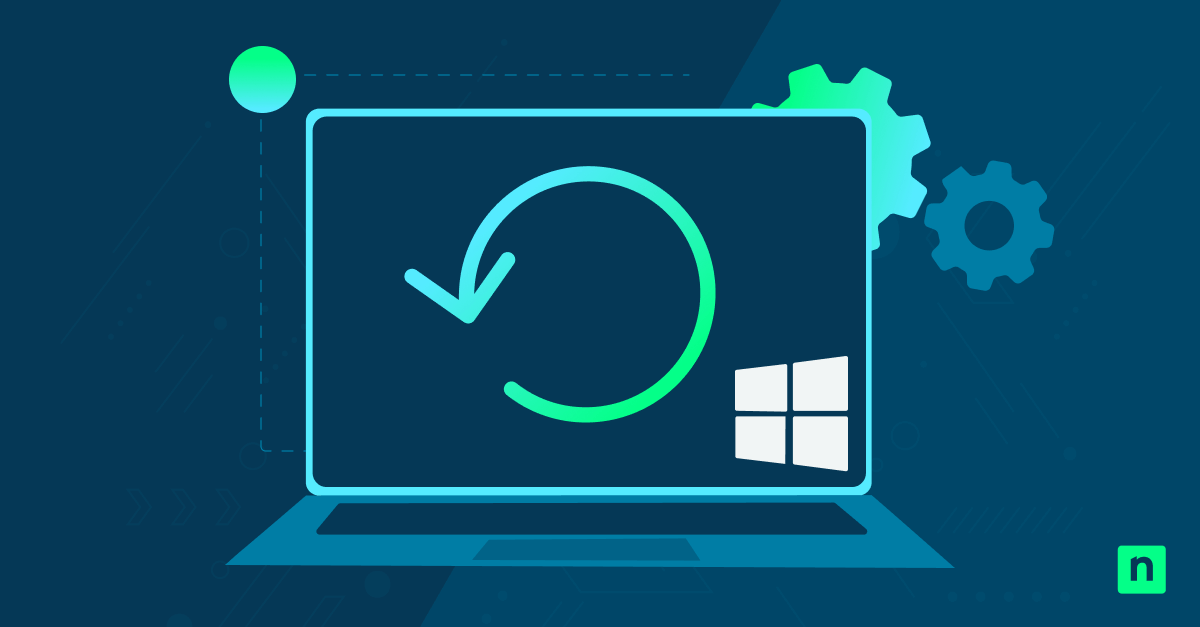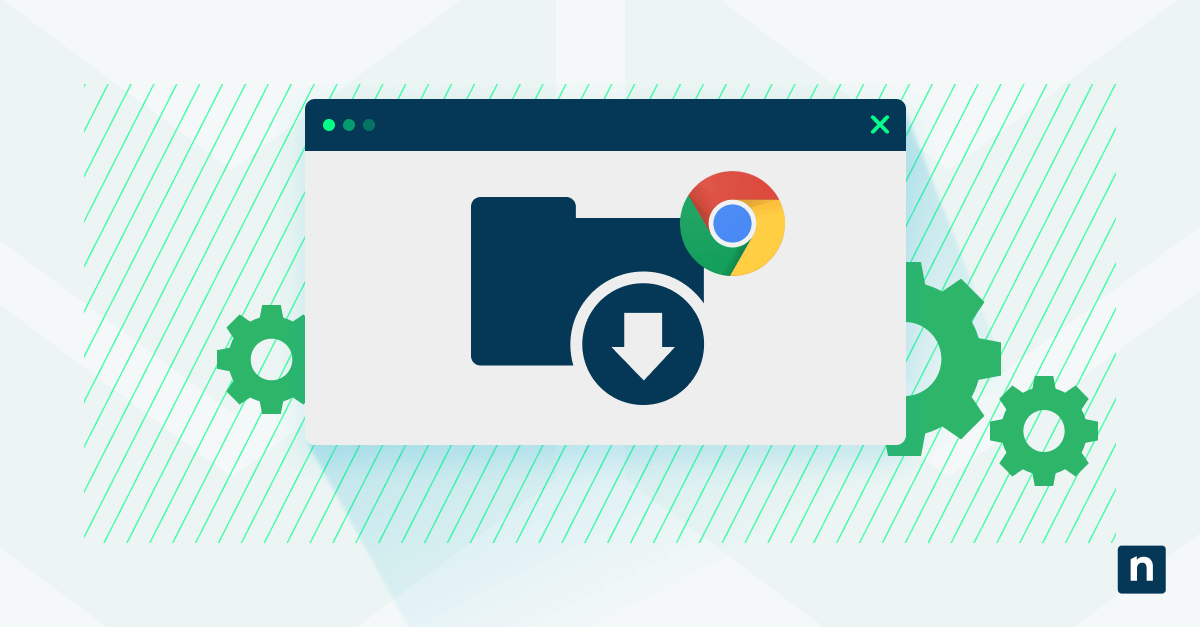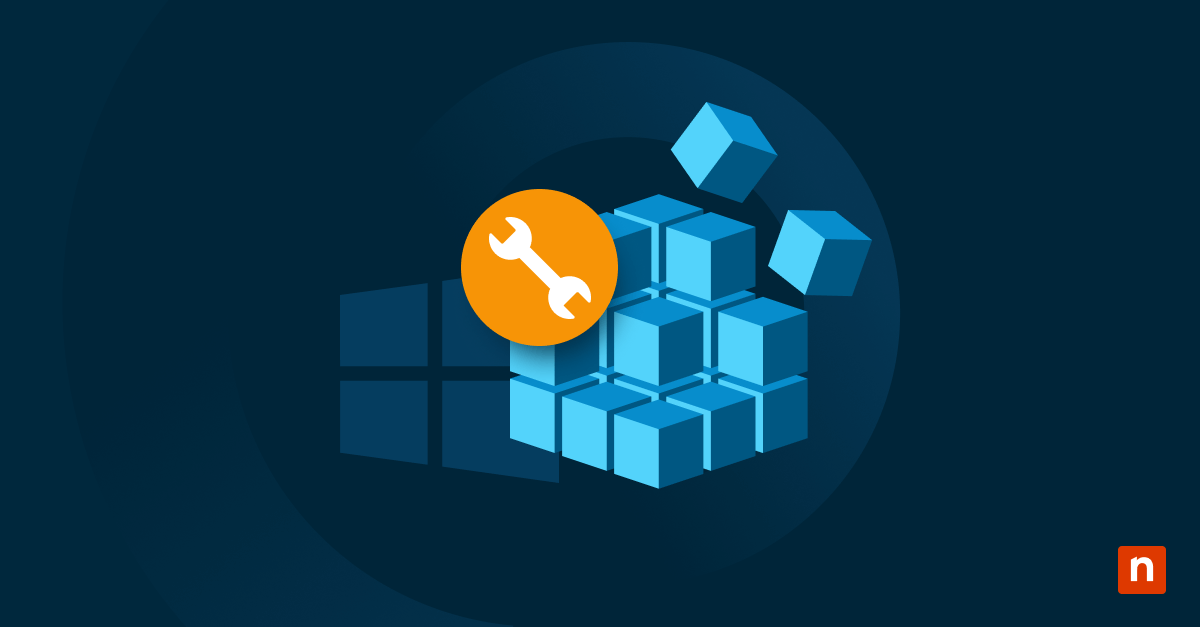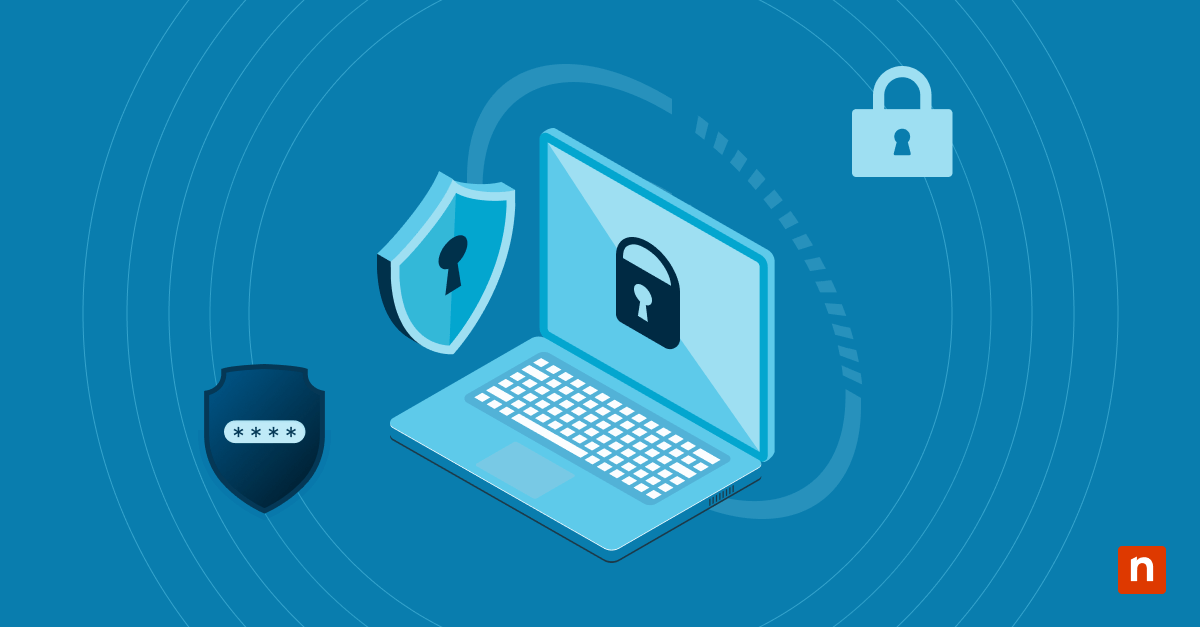File History is a powerful tool that allows users to automatically backup files and folders on their Windows devices, preventing data loss caused by accidental deletions, data corruption, and cyberattacks. Understanding File History backup frequency and learning how to adjust it allows you to ensure that only the most critical files are backed up more frequently, maximizing storage space and system resources.
This blog will examine the best Windows File History backup options and how to change File History backup frequency.
What is File History?
File History is Windows’s built-in backup software that keeps files and folders safe by saving backup copies to an external drive or network location. In addition, File History tracks changes to files and folders, allowing users to retrieve files even if the most recent version of the file is damaged, overwritten, or deleted.
Need more advanced backup capabilities? Find the best backup software for your needs with NinjaOne’s backup buying guide for IT leaders.
How does File History work?
When enabled, File History first scans specified folders or libraries, such as Documents or Pictures. Then, it creates a full copy of the files on a compatible storage drive. Once a copy has been created, File History checks for new files and modified versions and saves these changes according to the backup frequency you set. Users can retrieve individual files or entire folders whenever necessary and can even select between different versions of the data to restore.
Why adjust File History backup frequency?
Frequent backups consume more disk space and CPU utilization, leading to slow system performance. Adjusting File History backup frequency allows users to not strain system resources and storage while ensuring that the most recent versions of vital files are saved to backup storage and conserving storage space. Active projects that are constantly changing benefit from more frequent backups to minimize the risk of losing recent updates. On the other hand, less frequent backups can be used for archival files such as completed reports or reference documents, ensuring more optimal system performance and efficient storage management.
How to change File History backup frequency
Navigate to the File History advanced settings to customize your File History schedule. By default, File History saves copies of files every hour. You can adjust File History settings to create backups as frequently as every 10 minutes for constantly changing files or even create just one copy a day for archival or infrequent file changes.
How to change File History backup frequency via Settings
- Navigate to Settings and click Update & Security. Next, click on Backup.
- In the Backup windows, click on More options.
- You can then select your desired “File History backup frequency” from the drop down under the Versions section.
How to change File History backup frequency via Control Panel
- Open the Control Panel application, and then under System and Security, click on “Save backup copies of your files with File History.”
- In the new window, ensure that File History is enabled, then click on File History’s “Advanced settings” option.
- Using the drop down under the Versions section, configure the optimal File History backup frequency for you.
Common issues and troubleshooting when customizing your File History schedule
Before you troubleshoot issues with File History, make sure you have the correct administrative permissions. Once you do, make sure that File History is running as it is disabled by default. To do this, follow the steps above and ensure that File History is on.
-
Resolving errors related to backup drive availability
File History requires an external storage device or network-attached storage (NAS) storage device to be turned on. Check if your designated backup drive is properly connected and operational. If you’re using an external drive, try different USB ports to rule out connectivity issues. Make sure that File History has permission to write to the selected drive or folder. If the external storage device lacks permissions, it can prevent backups from being saved.
-
Backup drive capacity issues
Delete old backup versions to free up storage space. You can also adjust how long older file versions are stored in File History. Go to Control Panel > File History > Advanced Settings, and configure how long File History keeps older versions under the “Keep saved versions” section.
-
How to reset File History settings if needed
- To reset File History to its default settings, you must disable it via Settings or Control Panel.
- Once File History is turned off, navigate to the backup folder on your storage drive: %UserProfile%\AppData\Local\Microsoft\Windows\FileHistory
- Delete all the files and folders in this location.
- Turn File History on again, and then select your backup drive. This should reset File History’s settings.
Tips for optimizing File History settings
-
Choosing the right backup frequency
With Windows File History, you can set the backup frequency from as little as every 10 minutes to as long as only once per day. Consider what your specific needs are to make File History more convenient. Frequent backups are best suited for frequently modified files like spreadsheets or code, while less frequent backups work best for files that rarely receive modifications and changes.
-
Configuring exclusions for files or folders that don’t require backups
By going into File History’s advanced settings, you can exclude files, folders, or libraries. To do this, follow these steps:
- Navigate to Settings > Update & security > Backup.
- Click on “More options”.
- Scroll down to the “Back up these folders” section, and click on the folder you wish to exclude.
- Click the Remove on the lower right.
-
Monitor storage usage and manage old backups effectively
The amount of storage that File History backups take up grows over time. While Windows automatically deletes older versions to free up space, you can also adjust these settings based on your needs.
File history frequency best practices for home users
Since backups can add up quickly, especially for personal storage devices, home users should only back up sensitive data or ongoing projects to avoid the device’s performance suffering. For example, creative endeavors such as editing home videos or creating a digital illustration might benefit from frequent backups to avoid progress being lost, while a personal note might not need backups at all.
File history frequency best practices for professionals managing work files
Data loss can negatively impact productivity, so professionals should consider customizing their File History schedule as needed. This ensures that updated copies of critical business files, such as customer databases, spreadsheets, and so on, are frequently saved. Files that serve archival purposes, such as historical reports, require less frequent backups, as they receive fewer modifications.
Leveraging third-party tools to complement File History for businesses
Despite the convenience and user-friendliness of Windows File History, relying on this free tool alone may not be sufficient for businesses. This is especially true for organizations in tightly regulated industries, such as finance or healthcare, as regulatory standards, such as HIPAA, have strict guidelines for safeguarding sensitive data.
Many third-party providers also offer cloud backup, allowing users to store copies beyond physical drives to add an extra layer of security for sensitive data and enhance accessibility for remote or hybrid setups. In addition, backup software offers more granular control and automation tools that allow users to adjust backup frequency at scale across different file types or folders. Third-party backup and data recovery solutions also offer enhanced data restoration capabilities, such as recovering entire systems with all their files and configurations and retrieving files rendered inaccessible by ransomware and other malware.
Consider investing in backup software for a more complete suite of tools. While File History is adequate for saving backup copies for individual files, a third-party backup solution allows you to create chainless image backups of entire systems, including the Windows OS and its configurations. This makes data restoration efforts following an attack or disaster faster and more reliable.
Automate your backup processes and easily manage your Windows devices’ files with NinjaOne’s all-in-one solution.
Strengthen data security by complementing File History with backup software.
Now that you know how to change File History backup frequency, you can optimize File History backups to ensure better data protection from Windows’ built-in backup tool. That being said, File History is not a complete backup solution, so organizations, especially those in industries that require strict regulatory compliance, will need to look at the best third-party data backup and recovery software for robust data security.
NinjaOne Backup is a cloud-first backup solution that seamlessly integrates with a full suite of tools that give IT administrators full visibility and control of their IT environment. NinjaOne offers secure cloud backup with options for local NAS or a combination of both. Automation tools also streamline backup processes, reducing human error and manual workloads while ensuring minimal downtime and business continuity. Get started with a free trial, or watch a demo today.
Frequently Asked Questions (FAQs)
-
How often should I save File History?
The best backup settings for File History differ from user to user, as backup frequency depends on factors such as how often a file or folder is modified and available storage space. Frequent backups are recommended for frequently modified files, while less frequent backups work best for users who need to conserve storage space.
-
Does changing the backup frequency affect previously saved versions?
No. When you change File History backup frequency, only the frequency of creating a backup copy is changed, and previously saved versions remain unaffected.
-
Can I use File History without an external drive?
No, File History requires an external drive or network location for storing backups.
-
What happens if my backup drive is full?
Windows will automatically delete older versions to free up space on the backup drive; however, it would be best to consistently monitor storage space to prevent backup errors.



